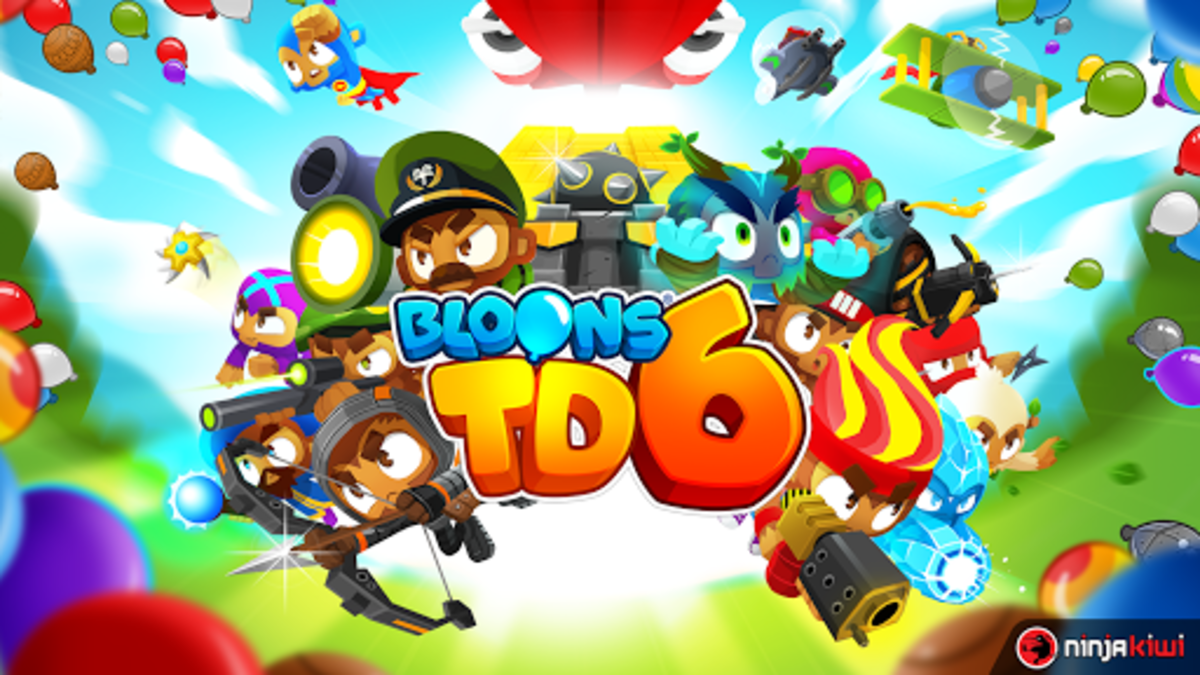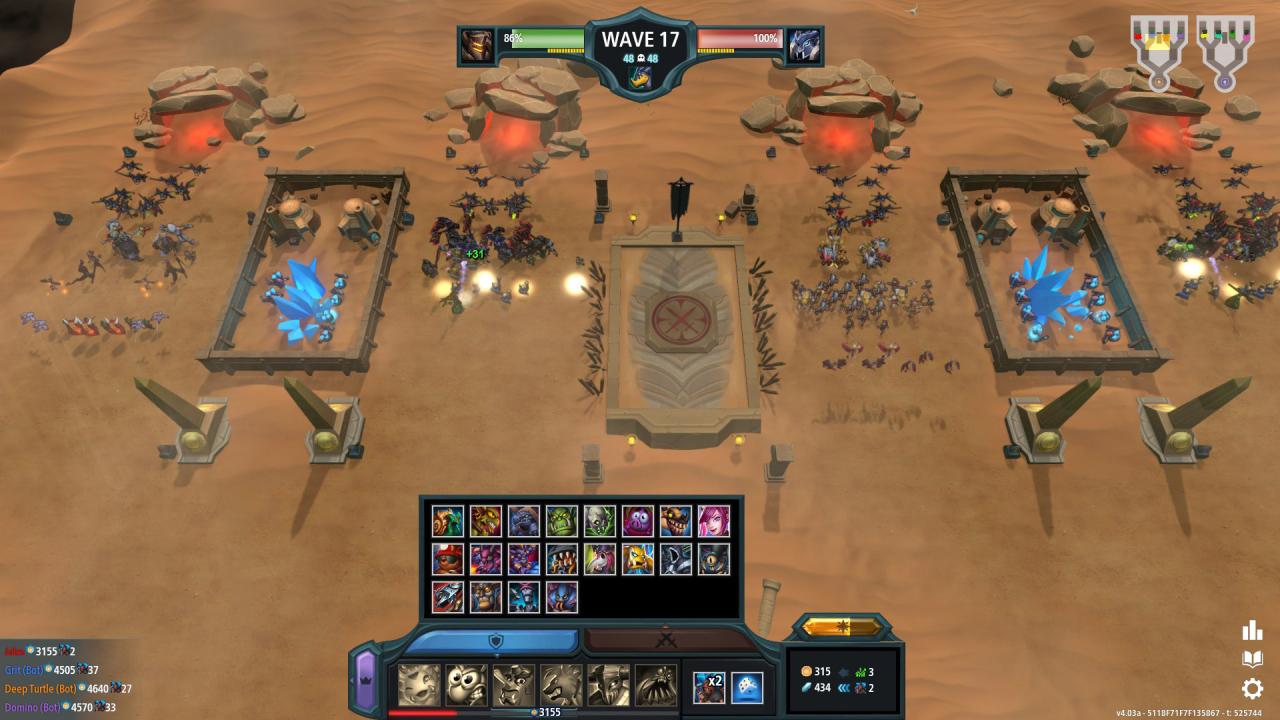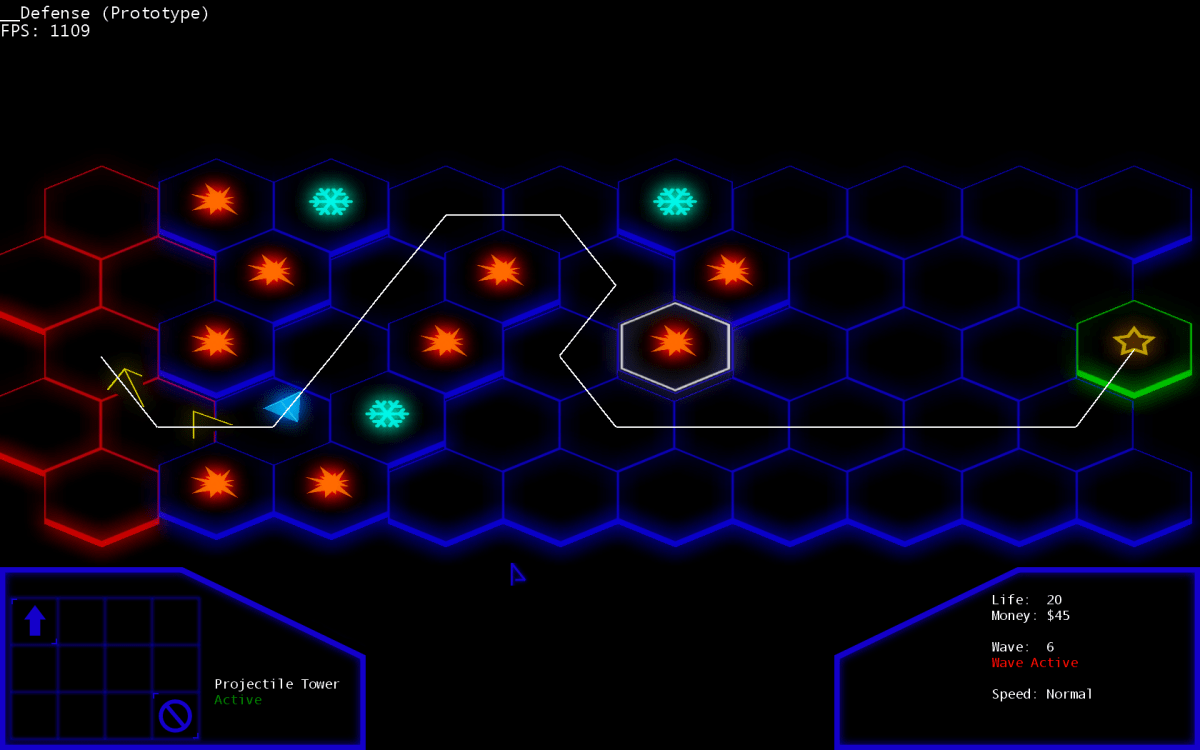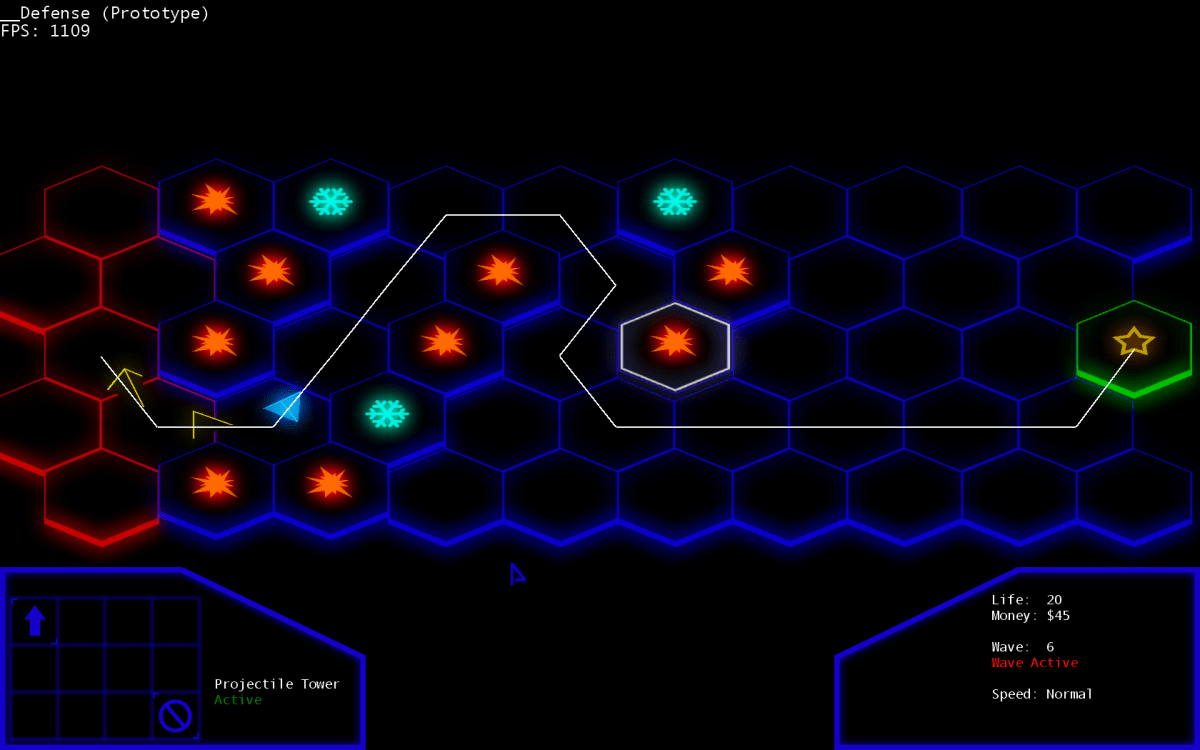Defender Game: Dive into the captivating world of strategy and defense! From the classic tower defense to innovative base-building challenges, defender games offer endless possibilities for engaging gameplay. We’ll explore the core mechanics, design considerations, and development strategies that make these games so compelling, covering everything from enemy AI to monetization strategies and stunning visuals.
This guide provides a comprehensive overview of defender game creation, walking you through the process from initial concept to final polish. We’ll delve into the intricacies of gameplay mechanics, enemy design, player progression, and user experience, equipping you with the knowledge to create your own successful defender game.
Defining “Defender Game”
Defender games encompass a broad genre of strategy games where the core gameplay revolves around defending a point, base, or territory against waves of attacking enemies. This often involves strategic placement of defensive units, resource management, and upgrading defenses to withstand increasingly challenging assaults.
Core Mechanics of Defender Games
The fundamental mechanics typically include deploying defensive units, managing resources to upgrade defenses and acquire new units, and strategically positioning defenses to maximize their effectiveness against incoming enemies. Successful defense often requires anticipating enemy movements and adapting strategies to counter different enemy types and attack patterns.
Defender Game Genres
Defender games span various subgenres, each with its own unique twists on the core mechanics. Tower defense games, for example, focus on strategically placing towers along pathways to impede enemy advances. Base defense games, on the other hand, might involve protecting a central structure from all directions, requiring a more holistic defensive strategy. Other variations might include lane-based defense, where enemies advance along distinct paths, or real-time strategy (RTS) elements incorporated into the core defender mechanic.
Historical Overview of Defender Games

The evolution of defender games can be traced back to early arcade classics and strategy games. Early examples often featured simple, wave-based combat with limited unit types and upgrade options. Over time, advancements in technology and game design led to more complex mechanics, diverse unit types, and intricate level design, resulting in the diverse range of defender games we see today.
Defender games, with their classic shoot-’em-up action, often inspire similar titles. If you enjoy that retro feel, check out the fast-paced action of comets video game , which shares a similar frantic, high-score chasing gameplay. Then, after you’ve blasted some comets, jump back into your favorite defender game and see if you can beat your high score!
The introduction of mobile gaming platforms further broadened the accessibility and popularity of this genre.
Gameplay Mechanics and Design
Effective gameplay design in defender games requires a careful balance between challenge and accessibility. This involves creating engaging mechanics, managing resource scarcity, and providing a satisfying player progression system.
Designing a Simple Defender Game Mechanic
A simple yet effective mechanic could be a “cooldown” system for deploying defensive units. Each unit type has a deployment cooldown, preventing players from spamming the most powerful units. This encourages strategic unit selection and placement, forcing players to consider the timing and positioning of their defenses.
Resource Management Systems
Different resource management systems significantly impact the gameplay experience. A simple system might involve a single resource type collected passively, allowing players to steadily upgrade their defenses. More complex systems might introduce multiple resource types, each with different acquisition methods and uses, creating strategic choices in resource allocation and unit upgrades. Games like Plants vs. Zombies showcase a simple, yet effective, resource management system, while others like Kingdom Rush integrate more complex systems with multiple resources and upgrade paths.
Balancing Difficulty and Player Progression
The difficulty curve is crucial. Early waves should be easily manageable, introducing new challenges gradually as the player progresses. This builds player confidence and encourages continued engagement. A well-designed progression system provides a sense of accomplishment and motivates players to continue improving their defenses and strategies. Poorly designed progression can lead to frustration and player burnout.
Enemy AI and Behavior
Intelligent and diverse enemy AI is essential for creating a challenging and engaging defender game experience. The AI should present a variety of threats, requiring players to adapt their strategies and utilize different unit types effectively.
Enemy AI Behavior Flowchart
A simple flowchart might illustrate enemy AI behavior: [Start] -> [Detect Player Base] -> [Choose Path] -> [Encounter Defense] -> [Attack or Evade] -> [Reach Base or Die] -> [End]. More complex behaviors could include flanking maneuvers, special attack patterns, or coordinated attacks between different enemy types.
Creating Diverse and Challenging Enemy Types
Introducing varied enemy types with unique attributes and attack patterns creates strategic depth. Some enemies might focus on high damage output, while others prioritize speed or possess special abilities. This forces players to adapt their strategies and unit compositions to counter different threats effectively.
Enemy Attributes Table
| Enemy Type | Health | Damage | Speed |
|---|---|---|---|
| Grunt | 100 | 10 | 5 |
| Brute | 300 | 25 | 2 |
| Ranged | 150 | 15 | 7 |
Player Progression and Rewards
A rewarding player progression system is key to keeping players engaged. This involves providing a clear path for improvement, offering meaningful rewards, and creating a sense of accomplishment.
Player Progression System Design

A progression system could involve unlocking new unit types, upgrading existing units with enhanced stats or abilities, and researching new defensive technologies. Each upgrade could offer a noticeable improvement in defensive capabilities, providing a tangible sense of progress.
Reward Systems
Experience points (XP) can unlock new units and upgrades, while in-game currency can be used to purchase upgrades or power-ups. Cosmetic items, such as skins for defensive units, can provide additional rewards for dedicated players. A combination of these systems offers varied rewards catering to different player preferences.
Psychology of Rewarding Players
The psychology of rewarding players centers on providing positive reinforcement and creating a sense of accomplishment. Immediate rewards for successful defenses and gradual progression towards more challenging levels keeps players motivated. The feeling of mastering the game through skill and strategic thinking is a significant driver of engagement.
User Interface and User Experience (UI/UX): Defender Game
Intuitive UI/UX design is crucial for a positive player experience. A clear and easy-to-navigate interface ensures players can focus on the core gameplay without frustration.
Defender Game UI Wireframe
The main menu could feature buttons for starting a new game, accessing options, and viewing leaderboards. The in-game HUD would display the player’s resources, unit selection options, and an overview of the current wave of enemies. Clear visual indicators for unit health, enemy progress, and resource levels are essential.
Common UI/UX Challenges and Solutions
One common challenge is cluttered HUDs. Solutions include minimizing the number of on-screen elements and using visual cues effectively. Another is poor feedback mechanisms. Providing clear visual and audio feedback on unit actions, enemy attacks, and resource acquisition enhances player understanding and engagement.
Impact of UI/UX on Player Engagement

A well-designed UI/UX contributes significantly to player engagement and satisfaction. An intuitive interface allows players to focus on strategic gameplay, while clear feedback mechanisms enhance understanding and create a more rewarding experience. Poor UI/UX can lead to frustration, confusion, and ultimately, player churn.
Monetization Strategies
Several monetization models can be implemented in defender games, each with its own advantages and disadvantages. Choosing the right model depends on the target audience and game design.
Monetization Models
In-app purchases (IAPs) can offer cosmetic items, premium units, or resource packs. Advertisements can provide a revenue stream without directly impacting gameplay. A freemium model, combining free-to-play with IAPs, is a popular choice, offering accessibility while generating revenue from dedicated players. Subscription models, offering exclusive content or features for a recurring fee, are also gaining traction.
Advantages and Disadvantages of Monetization Models
IAPs can generate significant revenue but risk alienating players with aggressive monetization. Advertisements can be disruptive to the gameplay experience. Freemium models balance accessibility with revenue generation, but require careful balancing to avoid feeling pay-to-win. Subscription models provide a stable revenue stream but may limit player base.
Hey, ever played a Defender game? Those classic arcade shooters are awesome! If you’re looking to dive into the digital world of Defender, check out this cool site about the defender video game to see how the original concept has evolved. It’s a great way to understand the legacy of Defender games and what makes them so enduringly popular.
So, are you ready to defend?
Examples of Successful and Unsuccessful Monetization
Games like Clash Royale successfully implemented a freemium model with balanced IAPs. Others have faced criticism for aggressive monetization tactics that negatively impacted player experience. The key is to prioritize a fair and enjoyable experience for players, while still generating sustainable revenue.
Art Style and Visual Design
The visual style of a defender game significantly impacts its overall atmosphere and player engagement. Choosing the right art style and visual elements is crucial for creating an immersive and enjoyable experience.
Suitable Art Styles
A cartoonish style can create a lighthearted and approachable atmosphere, suitable for a wider audience. A realistic style can enhance immersion and create a more intense gameplay experience. Pixel art offers a retro aesthetic, appealing to players who enjoy nostalgic visuals.
Defender games, with their classic arcade gameplay, often evoke a sense of nostalgia. But sometimes, you need a break from saving the world, and wonder about completely unrelated things, like checking out this oddly specific question: is thanos alive in squid game ? After you’ve satisfied your curiosity about the Marvel/Squid Game crossover (or lack thereof!), you can get back to blasting those pesky aliens in your favorite Defender title.
Visual Elements Contributing to Immersion
Detailed environments, expressive unit animations, and vibrant particle effects can enhance immersion. Environmental storytelling, such as incorporating details that hint at the game’s lore, adds depth and intrigue. The use of color palettes and lighting effects can also contribute to the overall atmosphere, setting the tone and mood of the game.
Impact of Visual Design on Gameplay
Clear visual cues are essential for effective gameplay. Easily distinguishable unit types, clear indicators of enemy health and attack patterns, and well-designed user interface elements contribute to a positive player experience. Visually appealing graphics and animations can enhance player engagement and enjoyment, motivating them to continue playing.
Sound Design and Music
Sound design plays a crucial role in enhancing the overall gameplay experience, conveying information, and creating atmosphere.
Role of Sound Effects and Music, Defender game
Sound effects provide feedback on player actions and enemy attacks. Music sets the tone and mood, building tension during intense moments and creating a sense of accomplishment after successful defenses. The combination of sound effects and music creates a more immersive and engaging experience.
Sound Design Techniques for Tension and Excitement
Techniques such as increasing tempo and intensity of music during intense moments, using dramatic sound effects for enemy attacks, and implementing sound cues for resource collection contribute to a more dynamic and engaging experience. Sudden shifts in music or sound effects can also create surprising moments, adding to the overall thrill of the game.
Sound Design for Information Conveyance
Sound design can be used to convey information to the player without relying solely on visual cues. For example, distinct sound effects for different unit types, resource collection, or enemy attacks provide additional feedback and improve player understanding of the game mechanics.
Game Development Considerations
Developing a successful defender game requires careful consideration of various factors, from choosing the right technologies to optimizing performance.
Key Technologies and Tools
Popular game engines such as Unity and Unreal Engine are commonly used for developing defender games. These engines provide tools for creating 2D or 3D graphics, implementing game mechanics, and integrating sound design. Programming languages such as C# (Unity) and C++ (Unreal Engine) are frequently used.
Balancing Complexity and Performance
Balancing game complexity with performance optimization is a crucial aspect of development. Overly complex game mechanics or high-resolution graphics can impact performance, especially on lower-end devices. Optimization techniques such as level-of-detail rendering, efficient resource management, and code optimization are crucial for ensuring a smooth and enjoyable experience for players.
Common Pitfalls to Avoid

- Poorly balanced difficulty curve
- Unintuitive UI/UX design
- Unengaging gameplay mechanics
- Lack of player progression
- Aggressive or unfair monetization
- Insufficient testing and bug fixing
Conclusion
Creating a successful defender game requires a blend of strategic planning, creative design, and a deep understanding of player psychology. By carefully considering the elements discussed—from engaging gameplay mechanics and challenging AI to intuitive UI/UX and effective monetization—you can craft a truly captivating and rewarding experience for players. Remember to iterate, test, and refine your game based on player feedback to ensure its longevity and success.
Essential Questionnaire
What programming languages are commonly used for defender games?
Popular choices include C#, C++, Java, and Lua, depending on the game engine and platform.
How important is level design in a defender game?
Level design is crucial; it dictates the flow of gameplay, the strategic options available to the player, and the overall challenge. Well-designed levels are engaging and replayable.
What are some common pitfalls to avoid when designing enemy AI?
Avoid overly predictable AI, overly difficult early-game enemies, and a lack of variety in enemy behavior. Testing and iteration are key.
How can I effectively test my defender game?
Use a combination of automated testing, playtesting with focus groups, and continuous feedback integration throughout the development process.
